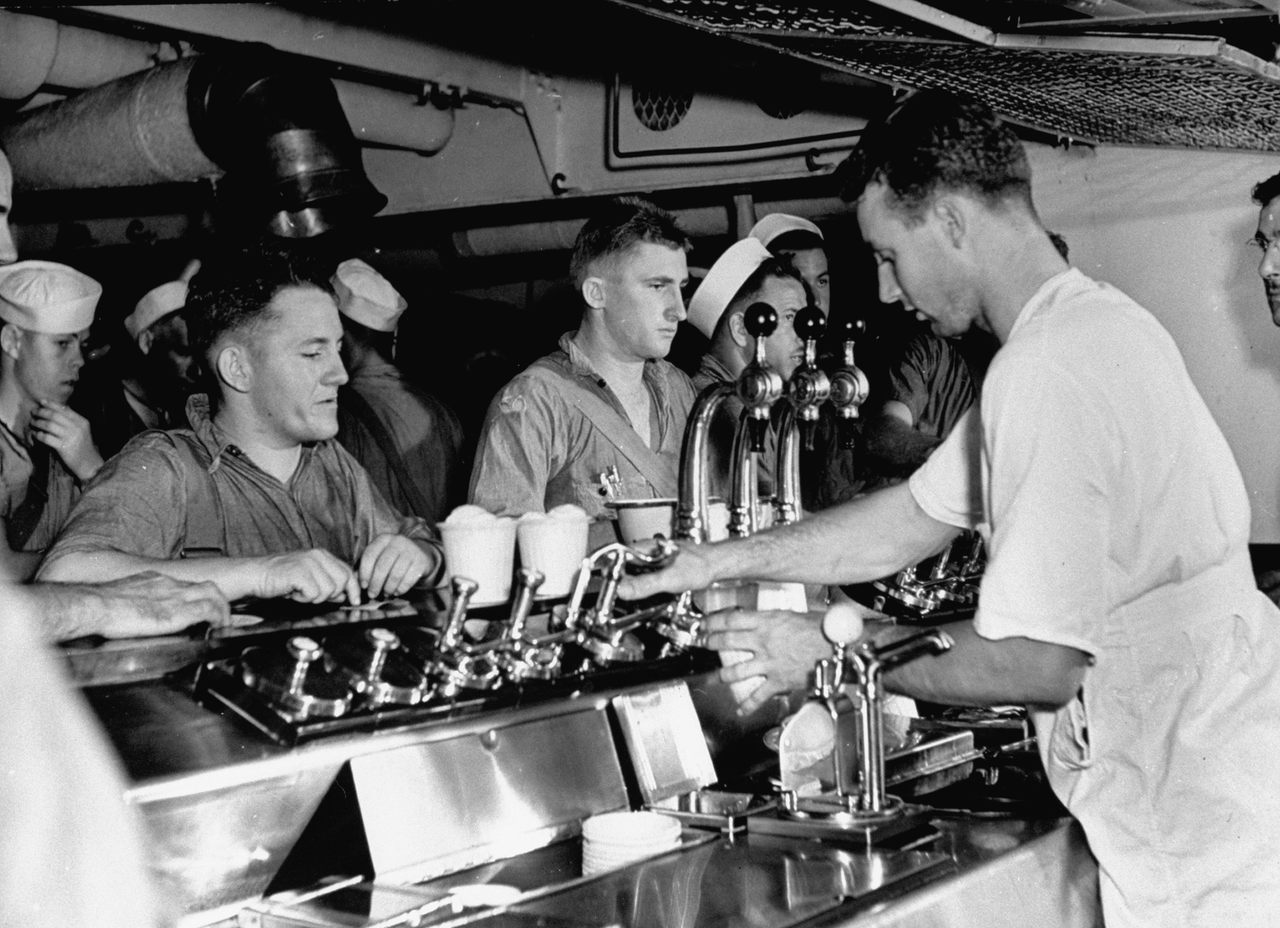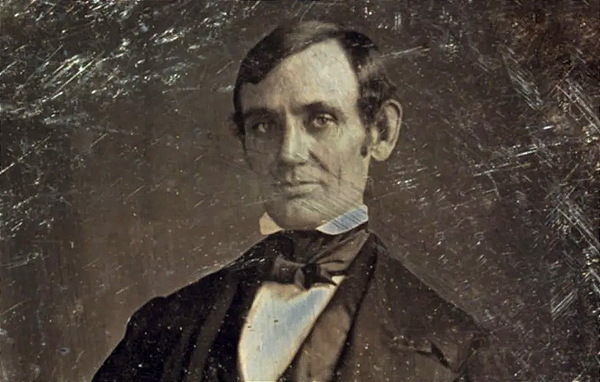Eminem was once a world-class Donkey Kong player

From Vice: "Back in 2010, in social media’s Wild West years, Eminem shared a photo on Twitter of a Donkey Kong machine, boasting a high score of 465,800, which, per DonkeyKongBlog, would have put him very near the top 30 scores in the world at the time. The high score at the time of Em’s post was just over 1,000,000 points, which is a pretty far shot from his total, but it’s still impressive. A 2014 YouTube playthrough of the game that lands at a similar score takes just over an hour to complete, meaning that for his high score alone, Eminem was sweating and twitching over an arcade cabinet for at least an hour straight. For what it’s worth, The Verge reported in 2014 that top tier players sink thousands of hours of practice into their record-breaking runs, so it’s likely that Em had to put some serious time in to hit that mark. Of course, given that he only posted a still and not a stream or a video clip, Eminem’s run at Kong is unverifiable, so he doesn’t land on any of the official leaderboards."
Scientists are using modified E. coli bacteria to turn plastic into a common painkiller

From Nature: "A common bacterium can be adapted to convert plastic waste into paracetamol, a study published this week in Nature Chemistry reports. Paracetamol, also known as acetaminophen, is widely used to treat pain and fever. It is produced from molecules derived from fossil fuels, but researchers are working to develop processes that use more sustainable source molecules, such as plastic waste. Central to the project’s success was the discovery by Wallace and his team that a synthetic chemical reaction that typically requires conditions that are toxic to cells can occur in their presence. The reaction, called the Lossen rearrangement, has been known for more than a century, but had previously been observed only in a test tube or a flask. The researchers used conventional chemical methods to degrade and modify polyethylene terephthalate, then added this molecule into a culture of E. coli, where the Lossen rearrangement transformed it into a more biologically relevant molecule."
In the 1700s a mysterious creature known as the Beast of Gevaudan killed over 100 people

From History.com: "Between 1764 and 1767 a mysterious creature called the Beast ravaged the rural region of Gévaudan, France. About 100 men, women and children reportedly fell victim to La Bête du Gévaudan. While many French at the time presumed the Beast to be a wolf and many modern scholars agree, some have suggested that the Beast may not have been a wolf at all. The first recorded fatal attack of the Beast occurred on June 30, 1764 when a 14-year-old shepherdess, Jeanne Boulet, tended a flock of sheep. About two months prior, a young woman tending cattle was attacked by a creature “like a wolf, yet not a wolf” but escaped because the herd defended her. The attacks continued through the summer and into autumn. The beast attacked and partially ate women and the young, according to the reports, but lone adult men were also targets. There were so many attacks that some speculated there were two or more beasts."
Hi everyone! Mathew Ingram here. I am able to continue writing this newsletter in part because of your financial help and support, which you can do either through my Patreon or by upgrading your subscription to a monthly contribution. I enjoy gathering all of these links and sharing them with you, but it does take time, and your support makes it possible for me to do that. I also write a weekly newsletter of technology analysis called The Torment Nexus.
The US Navy had a 300-foot barge that could make 500 gallons of ice cream a day

From Wikipedia: "The ice cream barge is the colloquial term for the BRL (Barge, Refrigerated, Large), a towed vessel employed by the United States Navy in the Pacific theater of World War II to store frozen and refrigerated foodstuffs. The craft, a concrete barge acquired from the US Army and worth one million dollars, stored 1500 tons of frozen meat and 500 tons of refrigerated vegetables, eggs and dairy products. To raise the morale of overseas troops, an ice cream freezer facility was included, able to create 10 US gallons of ice cream every seven minutes, or approximately 500 US gal per shift, and could store 2,000 US gal. Stationed in the Western Pacific, the barge supplied ice cream to smaller ships, such as destroyers, that lacked onboard production capabilities. While practical limitations hindered its operation—such as its lack of propulsion, requiring it to be towed by tugboats—the ice cream barge was immensely popular."
In the early days of US parcel post people occasionally sent their children by mail

From the Smithsonian: "While private delivery companies flourished during the 19th century, the Parcel Post dramatically expanded the reach of mail-order companies to America’s many rural communities, as well as the demand for their products. When the Post Office’s Parcel Post officially began on January 1, 1913, the new service suddenly allowed millions of Americans great access to all kinds of goods and services. But almost immediately, it had some unintended consequences as some parents tried to send their children through the mail. Just a few weeks after Parcel Post began, an Ohio couple named Jesse and Mathilda Beagle “mailed” their 8-month-old son James to his grandmother, who lived just a few miles away in Batavia. According to Lynch, Baby James was just shy of the 11-pound weight limit for packages sent via Parcel Post, and his “delivery” cost his parents only 15 cents in postage (although they did insure him for $50). The quirky story soon made newspapers, and for the next several years, similar stories would occasionally surface as other parents followed suit."
When you love motorcycles and also fireworks
I'm actually amazed at how well that went pic.twitter.com/K7wtoKPXE7
— Insane Reality Leaks (@InsaneRealitys) July 1, 2025
Acknowledgements: I find a lot of these links myself, but I also get some from other newsletters that I rely on as "serendipity engines," such as The Morning News from Rosecrans Baldwin and Andrew Womack, Jodi Ettenberg's Curious About Everything, Dan Lewis's Now I Know, Robert Cottrell and Caroline Crampton's The Browser, Clive Thompson's Linkfest, Noah Brier and Colin Nagy's Why Is This Interesting, Maria Popova's The Marginalian, Sheehan Quirke AKA The Cultural Tutor, the Smithsonian magazine, and JSTOR Daily. If you come across something interesting that you think should be included here, please feel free to email me at mathew @ mathewingram dot com



